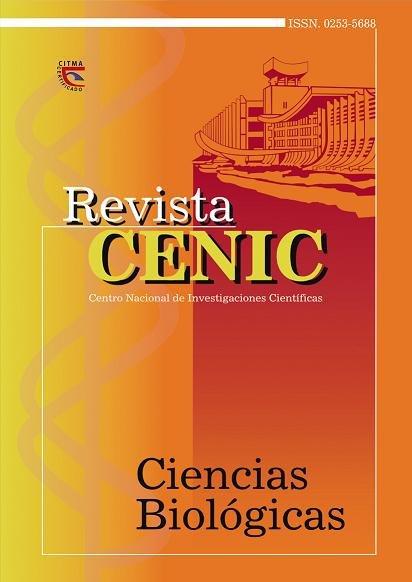Saponin contents and antiproliferative in vitro effects on PC3 human prostate cancer saponaria L. extracts.cell line of Sapindus
Abstract
Plants are valuable sources of pharmacologically active substances against many diseases, including cancer. The extracts of Sapindus saponaria L. contain saponins which concentration can be measured and correlated with their pharmacological activity. Numerous studies have been published on the in vitro cytotoxic action of extracts of S. saponaria L. against cell lines of different types of tumors. The saponins of other plants are used as components of adjuvants for vaccines. Our objectives were to evaluate different parts of the plant S. saponaria L., as a source of saponins by measuring the hemolytic activity of aqueous extracts of fruits, seeds and stems and to explore their in vitro antiproliferative potential in the cell line of human prostate cancer PC3. The quantitative determination of saponins in the extracts was carried out using the modified Pape W. technique that measures the hemolytic potential in red blood cells. The concentration of hemoglobin released by lysis of erythrocytes was measured spectrophotometrically. The effect of the extracts, rich in saponins, on the viability of the human tumor line of prostate cancer PC3, was determined by the High Cell Density Test. The concentration of saponins in terms of μg/ml of extract was: 757.0 ± 1.34 in the fruits, reaching the highest values; 173.0 ± 1.11 in seeds and 30.5 ± 0.13 in stems. The extracts of the three sources studied had a marked cytotoxic-antiproliferative effect against the human tumor line PC3. The inhibition of cell proliferation was similar to that shown by the positive control, paclitaxel. Very low concentrations of the extract (0.01 μg/mL) exerted antiproliferative action. It is possible to conclude that fruits, seeds and stems of Sapindus saponaria L. are good sources of saponins and that their extracts can stop the proliferation of the tumor cell line PC3, even at low levels of concentration and hemolytic potential. Analysing together that saponins themselves are important substances as vaccine adjuvants and that they show an antitumor potential, the authors believe that the plant Sapindus saponaria L. has a potential antitumor effect to take into account.
Downloads

Downloads
Published
How to Cite
Issue
Section
License
Los autores que publican en esta revista están de acuerdo con los siguientes términos:
Los autores conservan los derechos de autor y garantizan a la revista el derecho de ser la primera publicación del trabajo al igual que licenciado bajo una Creative Commons Atribución-NoComercial-CompartirIgual 4.0 Internacional que permite a otros compartir el trabajo con un reconocimiento de la autoría del trabajo y la publicación inicial en esta revista.
Los autores pueden establecer por separado acuerdos adicionales para la distribución no exclusiva de la versión de la obra publicada en la revista (por ejemplo, situarlo en un repositorio institucional o publicarlo en un libro), con un reconocimiento de su publicación inicial en esta revista.
Se permite y se anima a los autores a difundir sus trabajos electrónicamente (por ejemplo, en repositorios institucionales o en su propio sitio web) antes y durante el proceso de envío, ya que puede dar lugar a intercambios productivos, así como a una citación más temprana y mayor de los trabajos publicados (Véase The Effect of Open Access) (en inglés).














